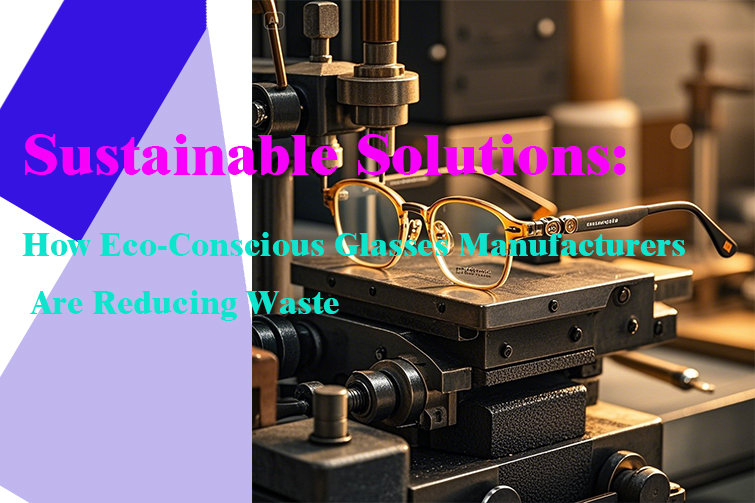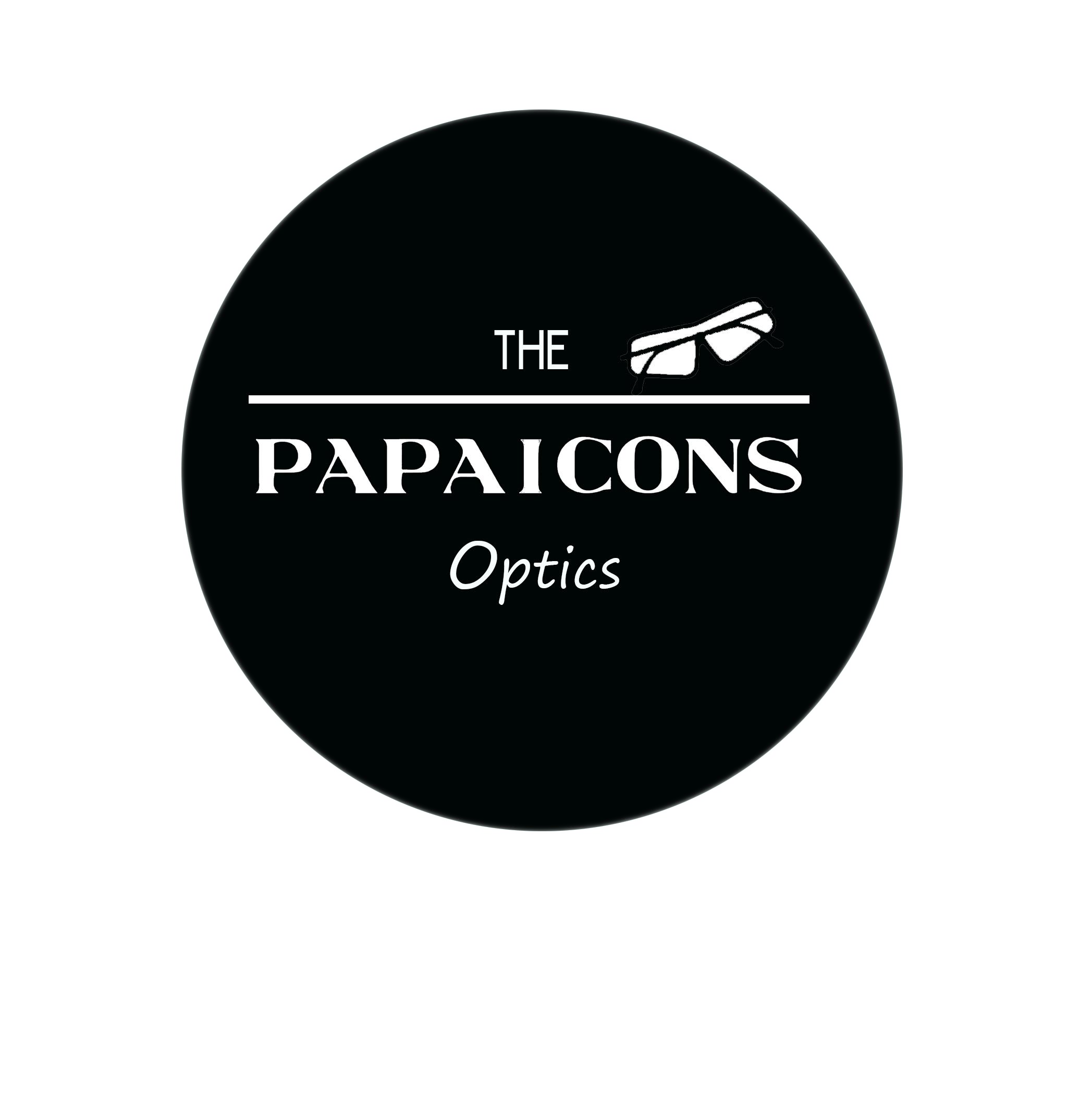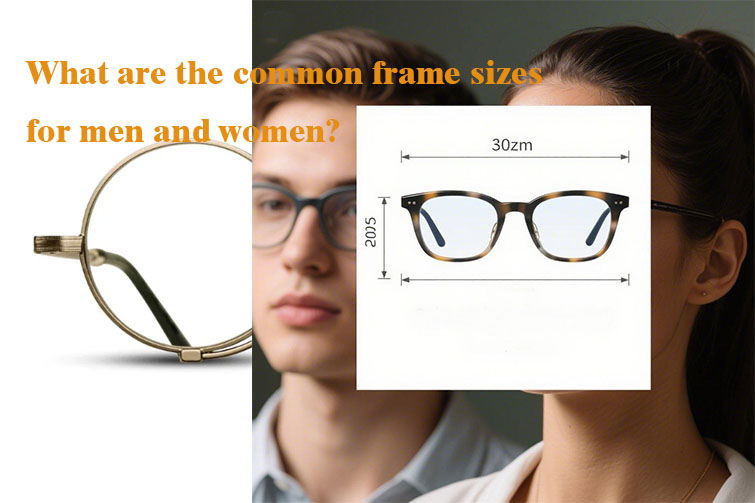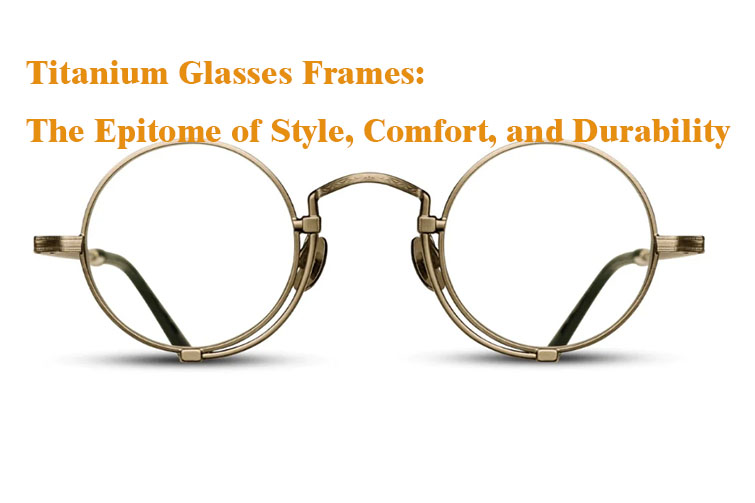

Sustainable Solutions: How Eco-Conscious Glasses Manufacturers Are Reducing Waste
As environmental awareness grows, consumers and brands alike are demanding greener choices. For eco-friendly glasses manufacturers, sustainability isn’t just a trend—it’s a business imperative. This article explores how leading companies are revolutionizing eyewear production to reduce waste and protect the planet.
1. The Shift Toward Sustainable Eyewear
A 2023 Nielsen report reveals 73% of global consumers are willing to pay more for sustainable products. Sustainable eyewear addresses this demand by minimizing environmental impact at every stage:
- Material Sourcing: Using recycled titanium, plant-based acetates, and ocean-bound plastics.
- Production: Cutting energy use and water waste through lean manufacturing.
- End-of-Life: Creating closed-loop systems where old frames are recycled or upcycled.
- Brands like Blake Kuwahara partner with eco-friendly glasses manufacturers to produce frames from recycled skateboard decks, diverting waste from landfills.
2. Innovations in Sustainable Eyewear Production
Forward-thinking manufacturers are adopting game-changing technologies:
Regenerated Materials:www.papaicons.com collects old frames, melts them into pellets, and creates new frames.
Bio-Based Acetate: Derived from cotton and wood pulp, reducing reliance on fossil fuels.
Energy Efficiency:Solar-powered factories and AI-driven energy management systems cut carbon footprints by 40%.
Waterless Dyeing:Dry-printing techniques eliminate 90% of water used in traditional coloring processes.
3. The Business Case for Sustainability
Going green isn’t just ethical—it’s profitable:
- Cost Savings: Waste reduction lowers material and disposal costs by 25%.
- Brand Loyalty: 81% of consumers feel strongly that brands should help improve the environment (Nielsen).
- Market Growth: The sustainable eyewear market is projected to reach $4.2 billion by 2030 (Grand View Research).
- Eco-friendly glasses manufacturer JINS reduced plastic use by 30% in 2022, increasing customer retention by 20%.
4. Challenges and Solutions
While sustainability offers opportunities, challenges remain:
- Material Costs: Recycled materials can be 15-20% more expensive than virgin materials.
- Consumer Education: 65% of buyers struggle to identify sustainable products.
- Warby Parker uses QR codes to trace the journey of their sustainable frames, building trust through visibility.
5. The Future of Sustainable Eyewear
Innovations on the horizon include:
- Mushroom-Based Packaging: Compostable alternatives to plastic cases.
- Lab-Grown Coral Frames: Biodegradable and reef-safe materials.
- Energy-Harvesting Lenses: Solar-powered glasses that charge devices.
- By embracing these advancements, eco-friendly glasses manufacturers position themselves as industry leaders.
Conclusion
Sustainability is no longer optional for eyewear brands—it’s a competitive advantage. Eco-friendly glasses manufacturers that prioritize waste reduction, ethical sourcing, and innovation will not only protect the planet but also capture a growing market.
Ready to join the green revolution? Discover our sustainable eyewear solutions and contribute to a circular economy.









